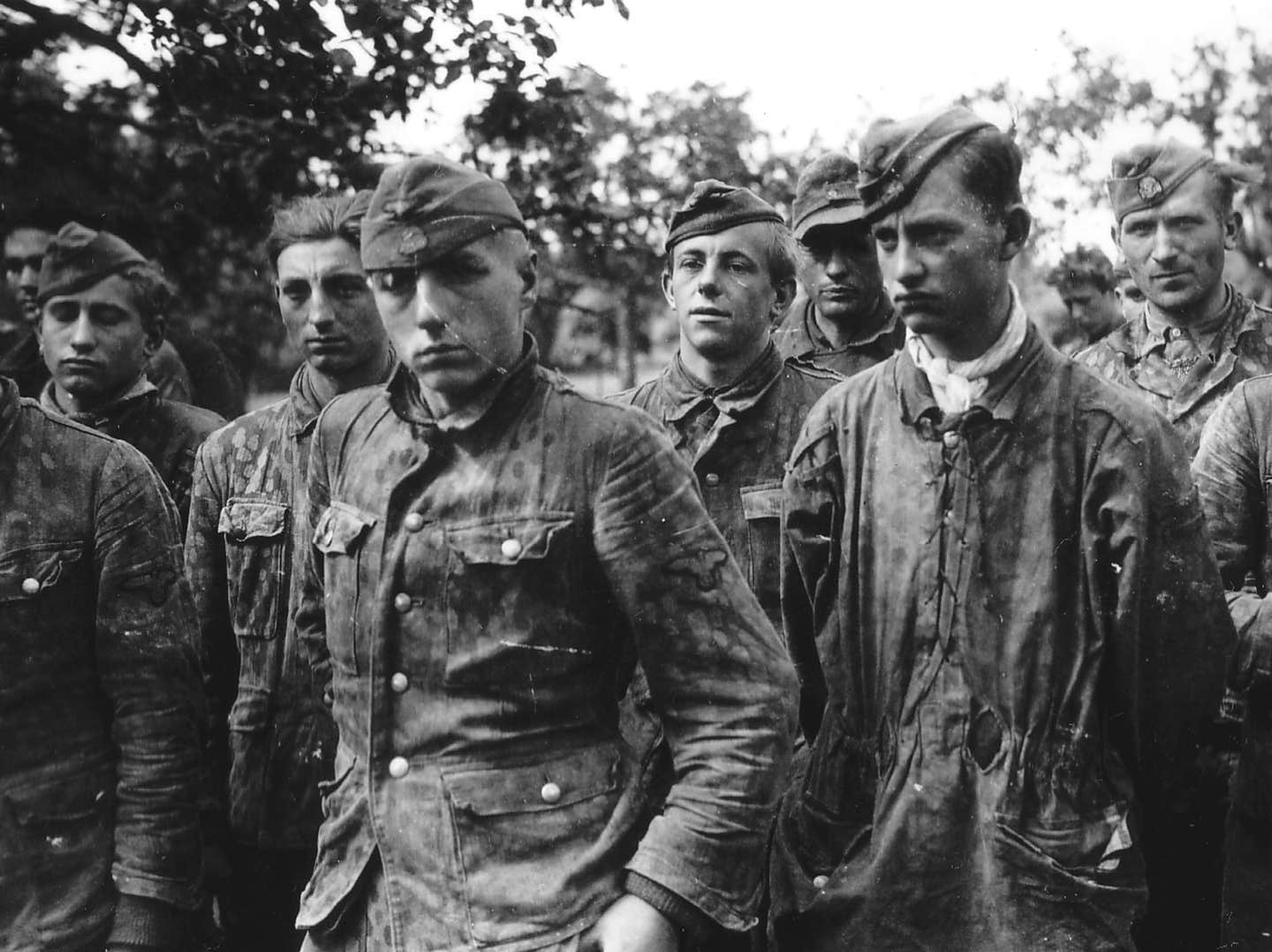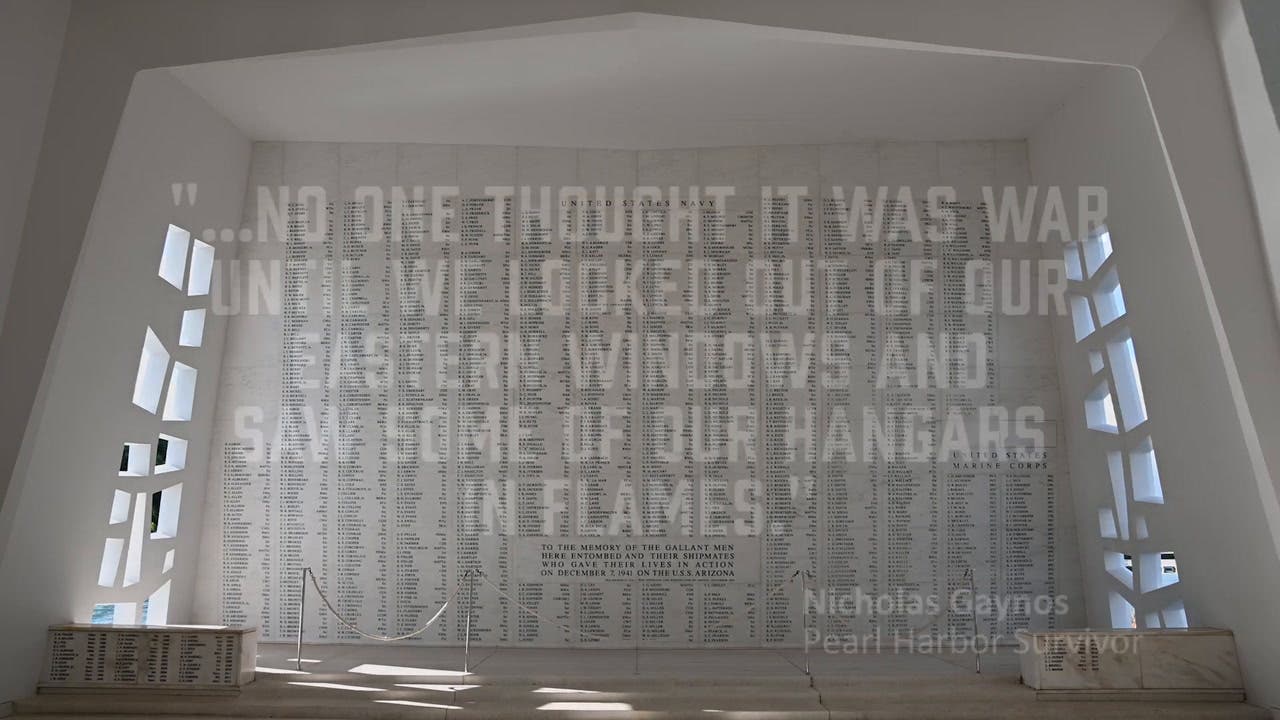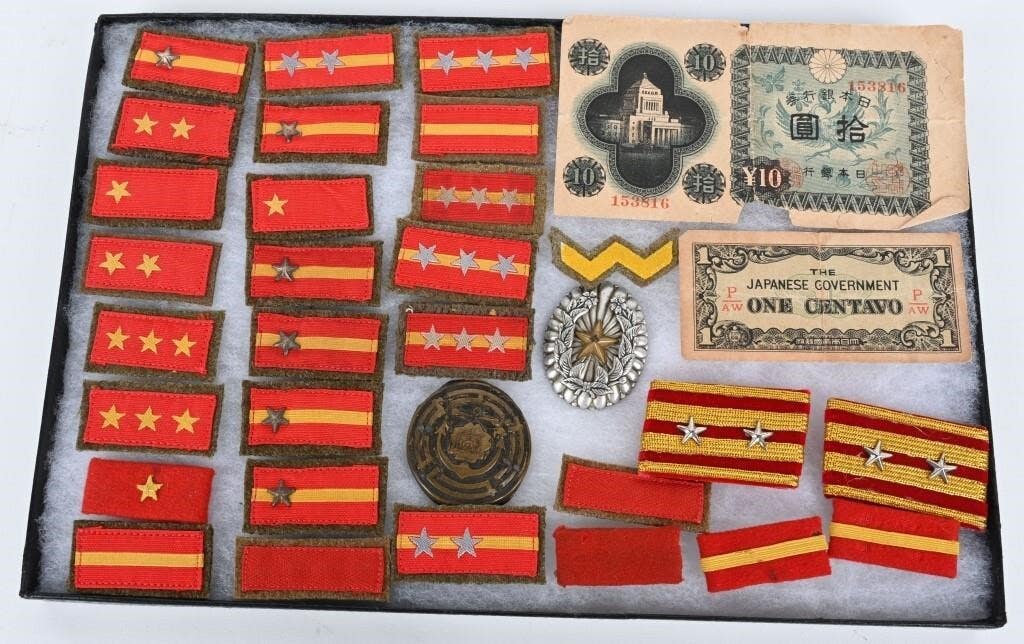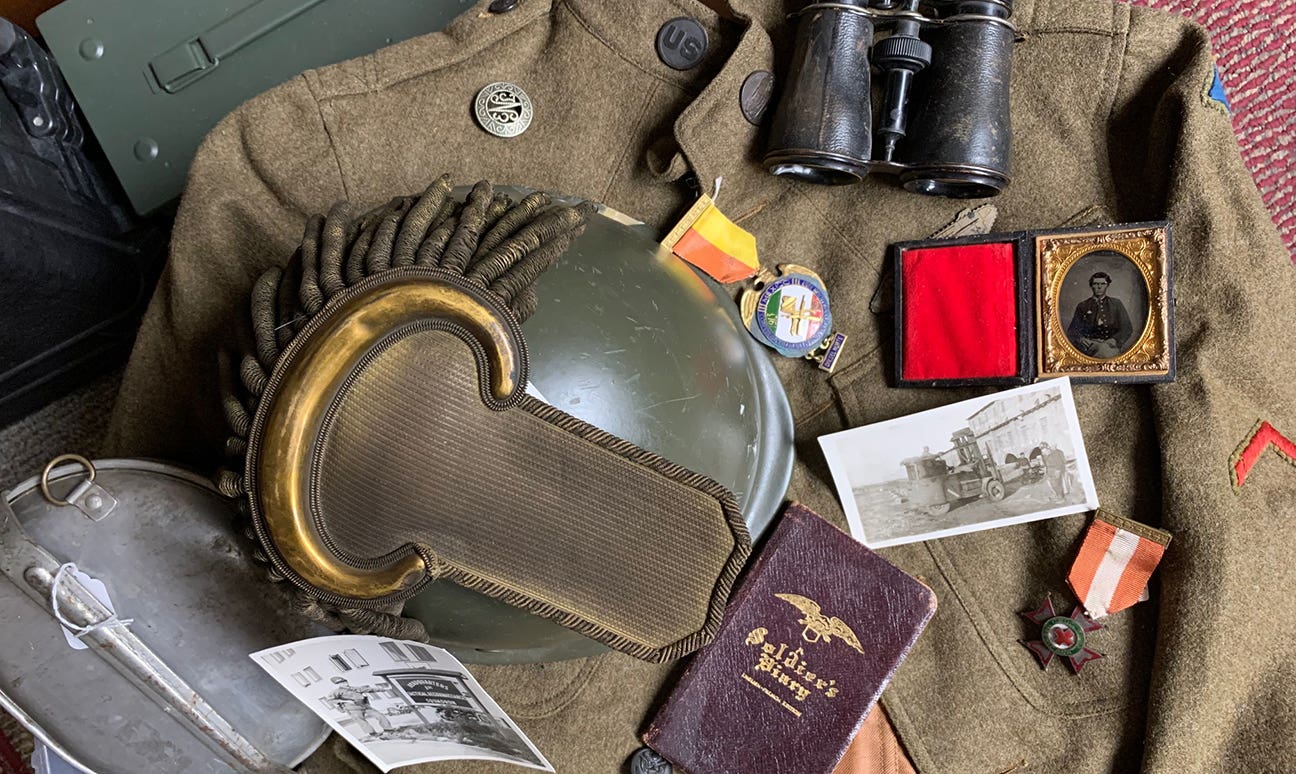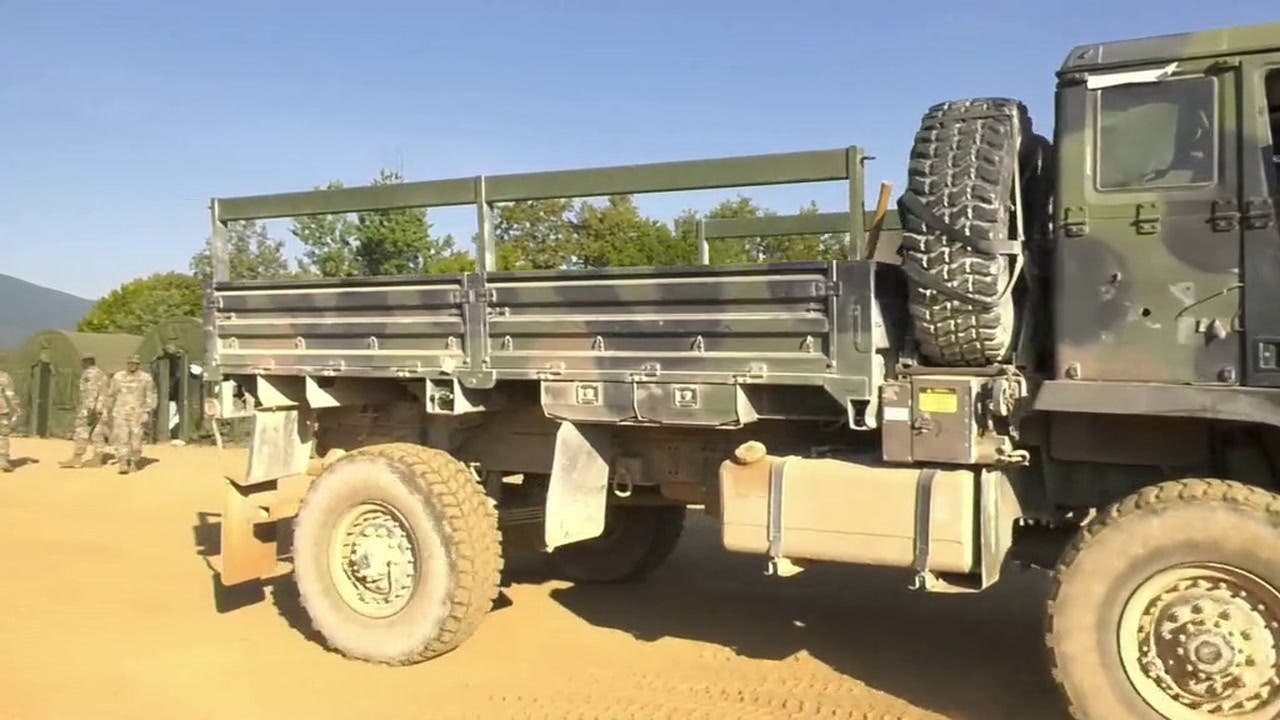Should you drive it, fly it, or shoot it?
Why Do Some Think They Know What is Best for Our Relics? The recent tragedy of a vintage B-17 Flying Fortress crashing and killing seven has reignited an old question….
Why Do Some Think They Know What is Best for Our Relics?
The recent tragedy of a vintage B-17 Flying Fortress crashing and killing seven has reignited an old question. Should vintage aircraft be flown? Similarly, when a WWII-inspired amphibious vehicle sank in 2018 with 31 onboard, leaving 17 dead, many states looked at whether WWII DUKWs should be licensed. And when someone shot a whole lot of school kids in Connecticut back in 2012, the calls came for the elimination of “assault-style” rifles that led to restrictions on importing US-made WWII rifles.
As a material culture historian, I have to ask myself, “Are these proper responses to tragedies?"
SAVE THE RELICS
Two things play out after military equipment-laced disasters. First, there is the outcry that the equipment was at fault: The DUKWs were not seaworthy, the planes not airworthy, or the equipment was not meant for civilian use. The response has been the same so many times, that it isn’t even worth predicting. If a civilian tragedy involves a piece of surplus military hardware, the hardware is going to take the blame.
Second — and this one sort of surprised me — there comes a discussion about the diminishing supply of historic warbirds, military vehicles, surplus firearms, or whatever else might be at the center of the disaster.
I was reminded of these two reactions after the Nine o’ Nine B-17 crashed. As I followed the details on various forums, I read many sincere condolences and expressions of “thoughts and prayers.”
Soon, however, concerns about the hardware crept into the discussions. And these concerns were divided right down the middle, forming two distinct camps: “The plane was too old to be flying safely” on one side, and “What happens when there are no more B-17s to fly?” on the other.
Both are legitimate concerns. I can’t say that one is more valid than the other. Having worked in museums and around military vehicles for the past 30 years, though, I recognize that anyone who invests the vast amount of money it takes to make a B-17 airworthy, has taken all of the protections possible to protect that investment. When you consider the amount of money in play — and we are talking millions when it comes to a B-17 — a museum or private owner isn’t likely to take shortcuts in protecting their investment. So while the plane was nearly seventy-five years old, I suspect that its airworthiness was not in question. Sometimes, accidents just happen.
And what about the diminishing supply of original B-17s? I understand when people say they fear the day when they will read about the “crash of the last WWII airplane…” That may well happen, and it would, indeed, be a sad one. But before allowing that sentiment to convince you to ground all historic aircraft, let me share my perspective on this.
TWO WAYS OF THINKING
Bear in mind, I was trained to be a museum professional in the early 1980s. A big part of the training was, “Don’t wear, use, shoot (or anything else) the artifact. It is “retired” and is only valuable for the visual information it can impart.”
That meant, an original Civil War forage cap only had “teaching ability” on display behind glass but not on the top of my head. Similarly, this line of thinking insisted that an M1 rifle imparted more information hanging on the wall than it did kicking someone’s shoulder as they squeezed off a couple rounds.
But back in the 1980s, the ranks of the professional history world were at clash with themselves. Some students of historic material culture felt their destiny was to “preserve the relics.” There was a whole other class of scholars who believed that showing the relics in use was the most effective way to impart historic information. This latter class of scholars referred to themselves as “living historians.”
Back then, I fell in the latter camp. Rather than displaying my original Luftwaffe helmet and flight blouse on a mannequin behind glass, I put them on for weekend recreations of life in Hitler’s armed forces. On one such occasion, I had a bit of a clash with members of the “other camp” of material culture historians. They confronted me and insisted that I was destroying history by wearing original goods. “Those items should be preserved!” they told me.
I took off my flight blouse up and pushed it into the helmet. I held out the bundle and said, “If you want to preserve these items, the blouse costs $110 and the helmet is $95 (remember, this was in 1981). The “preservationists” were taken aback. “We don’t want to BUY your stuff,” they shot back, “You should donate it to a museum.”
At that moment, I learned a valuable lesson: Don’t tell someone what they should do with their (airplane, military vehicle, firearm, or whatever), unless you are willing to put up the money to buy and protect it to the degree that you feel it deserves. If an item belongs to someone else, you really don’t have any input on how (or if) it is preserved.
MONEY TALKS
This brings me back to the internet warriors who openly voiced their opinions and condemnation about whether original WWII planes should be flown or not. While I agree that it will be a very sad day when the last B-17 is destroyed, I am not in a position to guarantee that at least one is saved for all eternity.
And should I be so fortunate to be able to fly inside an original B-17 someday, I guess I would reply along the same lines as I did back in the 1980s if challenged about it, “Your opinion matters when you have the ability to enact it. If preservation of WWII planes in non-flightworthy existence is important to you, then I suggest you either buy the planes and care for them yourselves, or make sure you give a large portion of your estate to an organization that is aligned with your opinions. “
Back in the 1980s, we had a much more direct of saying it: “Put your money where your mouth is.”
Preserve the Memories,
John Adams-Graf
Editor, Military Vehicles Magazine and Military Trader
John Adams-Graf ("JAG" to most) is the editor of Military Trader and Military Vehicles Magazine. He has been a military collector for his entire life. The son of a WWII veteran, his writings carry many lessons from the Greatest Generation. JAG has authored several books, including multiple editions of Warman's WWII Collectibles, Civil War Collectibles, and the Standard Catalog of Civil War Firearms. He is a passionate shooter, wood-splitter, kayaker, and WWI AEF Tank Corps collector.



